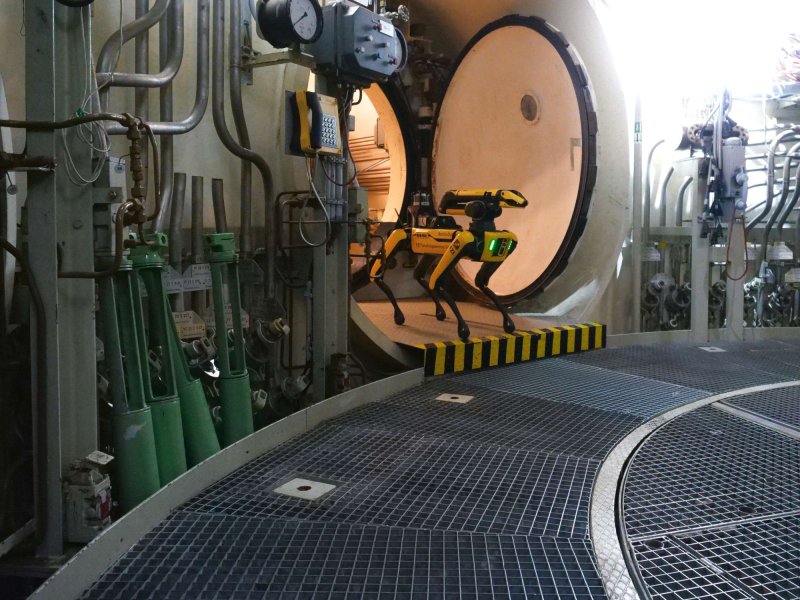· News
Collaboration for Emergency Response
The FZI Research Center for Information Technology is currently planning a ROBDEKON pilot project for emergency protection in nuclear facilities. Together with the emergency response organization Kerntechnische Hilfsdienst GmbH (KHG), a real mission is being defined based on conceivable accidents in nuclear sites. A multi-robot team that can be controlled as intuitively as possible should then help to contain hazards and master emergency situations.
Heterogeneous Robot Teams for Complex Operations
While individual robots are becoming ever more powerful with new sensors and actuators, it increasingly becomes clear that there can be no 'one size fits all' solution. To cope with complex tasks, heterogeneous robot teams have, therefore, become an important focus of research. This poses various challenges in the implementation of our mission:
- in the recovery of objects (especially robust mobile manipulation and the distribution of tasks in the multi-robot team),
- recognizing new hazardous substances (especially teaching new objects using AI) and
- interacting with humans (especially the visualization of the situation overview, intuitive teleoperation, and assistance functions).
More Intuitive Operation Thanks to 6D Mouse and Behavior Tree
With regard to teleoperation, the FZI Research Center for Information Technology is developing an approach to remotely control robot gripping processes using a 6D mouse. At the same time, the further development of the software from ROS (Robot Operating System) to ROS 2 was driven forward, enabling two new ROS 2-based developments to be published on GitHub: The VDB Mapping Framework for ROS 2 was further developed for the 3D navigation planning of the robots, and the FZI's own Behavior Tree library was established for mission control.
The Behavior Tree library is used when heterogeneous robot teams need to work together in a dynamic environment. The system reduces complexity by allowing the user to specify missions using the Behavior Tree and dynamically assign them to the robot team during the mission. The capabilities of each individual robot are taken into account, which improves the overall quality of mission execution while preventing incorrect assignments.

Test results with three heterogeneous robots have shown that this increases the overall effectiveness of a team and, at the same time, makes operation more intuitive. A high level of user-friendliness is of great importance when operating the robots. In an emergency, people without robotic training, such as plant operators, must also be able to intuitively understand various robotic maps and displays.
In the planned pilot project, they will now be tested for the first time in cooperation with KHG in a realistic operating environment. Overall, these developments increase the technological maturity and practicality of the ROBDEKON solutions.

